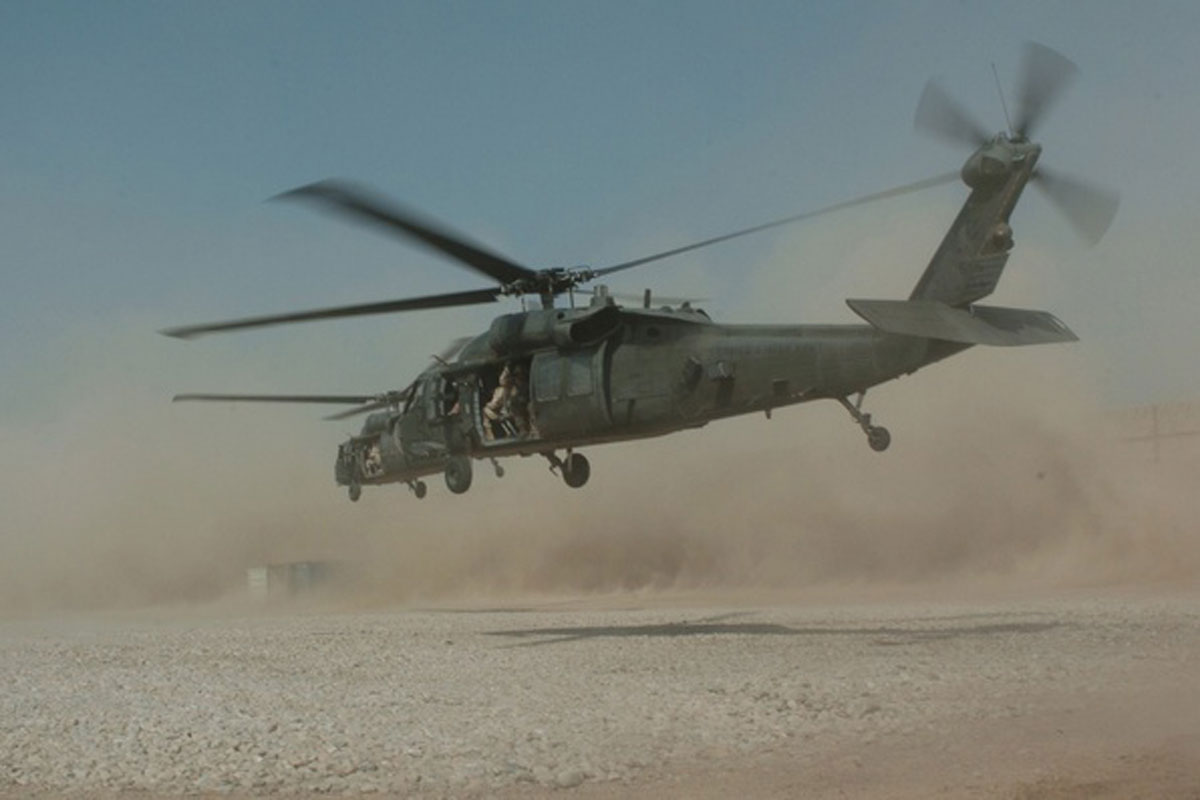Browsing Uh 60 Helicopter Rules and Conformity Demands

Regulatory Framework Overview
The regulatory structure controling UH-60 helicopter procedures incorporates a facility collection of criteria and policies established by air travel authorities. These regulations are designed to ensure the reliable and risk-free operation of UH-60 helicopters in different environments. The Federal Aviation Management (FAA) plays a main function in establishing and enforcing these laws, which cover a large range of functional facets, consisting of airworthiness standards, pilot credentials, upkeep requirements, and functional procedures.
Compliance with these guidelines is essential for helicopter operators to keep the highest degree of safety and security and operational honesty. Failing to adhere to these guidelines can result in significant repercussions, consisting of accidents, injuries, and regulative sanctions. Helicopter operators need to remain notified concerning the newest regulative developments and guarantee that their procedures are in full compliance with all suitable rules and standards.
Airworthiness Instructions and Evaluations
In the middle of the governing structure governing UH-60 helicopter operations, an important emphasis exists on conformity with Airworthiness Directives and performing thorough evaluations to support security requirements and operational reliability. Airworthiness Directives (ADs) are issued by aviation authorities to deal with risky conditions in aircraft, including the UH-60 helicopter, and required details activities to be taken by operators or owners. Conformity with ADs is necessary, and failure to abide by these directives can cause significant effects, consisting of grounding of the airplane.
Normal examinations are extremely important to making certain the airworthiness of UH-60 helicopters. These assessments include a variety of checks, from routine day-to-day assessments carried out by pilots before and after trips to much more extensive scheduled upkeep evaluations carried out by licensed technicians. Furthermore, special assessments may be required based on specific problems or occurrences. By sticking to a stringent inspection routine, operators can detect and attend to potential concerns immediately, consequently improving the safety and security and dependability of UH-60 helicopter operations.
Pilot Certifications and Training

Pilot training for UH-60 helicopters is comprehensive and covers a large range of topics, consisting of aircraft systems, emergency situation procedures, navigating, and mission-specific training. Additionally, pilots undertake simulator training to practice numerous emergency scenarios in a regulated atmosphere. This training aids pilots establish the essential skills to take care of challenging scenarios efficiently.


Furthermore, ongoing training and specialist growth are More about the author crucial for UH-60 pilots to remain present with the most up to date guidelines, innovation, and best practices. By purchasing pilot credentials and training, drivers can improve safety, maximize performance, and ensure compliance with regulative needs in the operation of UH-60 helicopters.
Operational Limitations and Needs
Pilot credentials and training work as the foundation for comprehending the functional limitations and requirements connected with UH-60 helicopter operations (uh 60). These functional limitations are implemented to make sure the safety of the staff, travelers, and the airplane itself. Functional limitations may include factors such as climate conditions, weight constraints, altitude restraints, and functional boundaries. It is crucial for pilots to be skilled in these limitations to make educated choices during trip operations. In addition, compliance needs, such as adhering to details flight courses, communication methods, and emergency procedures, are important for keeping operational security and governing conformity. Pilots must remain current with all operational constraints and requirements with normal training, briefings, and examines to mitigate dangers and make certain risk-free and reliable UH-60 helicopter procedures. By focusing on adherence to these operational guidelines, pilots can improve the total safety and efficiency of their goals while upholding regulative requirements.
Emergency Treatments and Conformity Screening
Reliable emergency situation procedures and thorough conformity screening are essential parts of keeping functional security and regulative adherence in UH-60 helicopter operations. Emergency situation treatments include procedures for different scenarios, including engine failings, fires, hydraulic problems, and much more. Pilots and crew reference participants have to be skilled in these procedures to react promptly and successfully in emergencies. Routine compliance screening guarantees that the helicopter meets all regulative needs stated by aeronautics authorities. This screening entails complete examinations, checks, and examinations to confirm that the airplane is airworthy and in compliance with all applicable laws.
Furthermore, conformity screening may involve simulations of emergency circumstances to analyze the crew's reaction and the helicopter's efficiency under stress and anxiety. By focusing on emergency procedures and compliance testing, UH-60 operators can reduce dangers and show their dedication to safety and security and regulatory compliance.
Conclusion
Finally, adherence to regulative structure, compliance with airworthiness directives, pilot certifications and training, functional restrictions, and emergency situation procedures are vital for navigating the guidelines and demands of operating a UH-60 helicopter. uh 60. It is vital for drivers to prioritize security and make sure full compliance with all appropriate policies to maintain the airworthiness and operational honesty of the airplane
Browsing the regulative landscape surrounding UH-60 helicopter operations requires a nuanced understanding of the detailed internet of policies and compliance requirements.Compliance with these laws is essential for helicopter drivers to preserve the greatest levels of safety and security and functional stability.In the middle of the regulatory structure controling UH-60 helicopter redirected here procedures, a critical focus exists on conformity with Airworthiness Directives and carrying out extensive assessments to maintain security standards and functional integrity.Efficient emergency procedures and comprehensive conformity screening are vital components of keeping operational safety and governing adherence in UH-60 helicopter operations. Regular conformity screening ensures that the helicopter fulfills all regulatory needs set forth by aeronautics authorities.
Comments on “Navigating Success: UH 60 Helicopter Upkeep Ideal Practices”